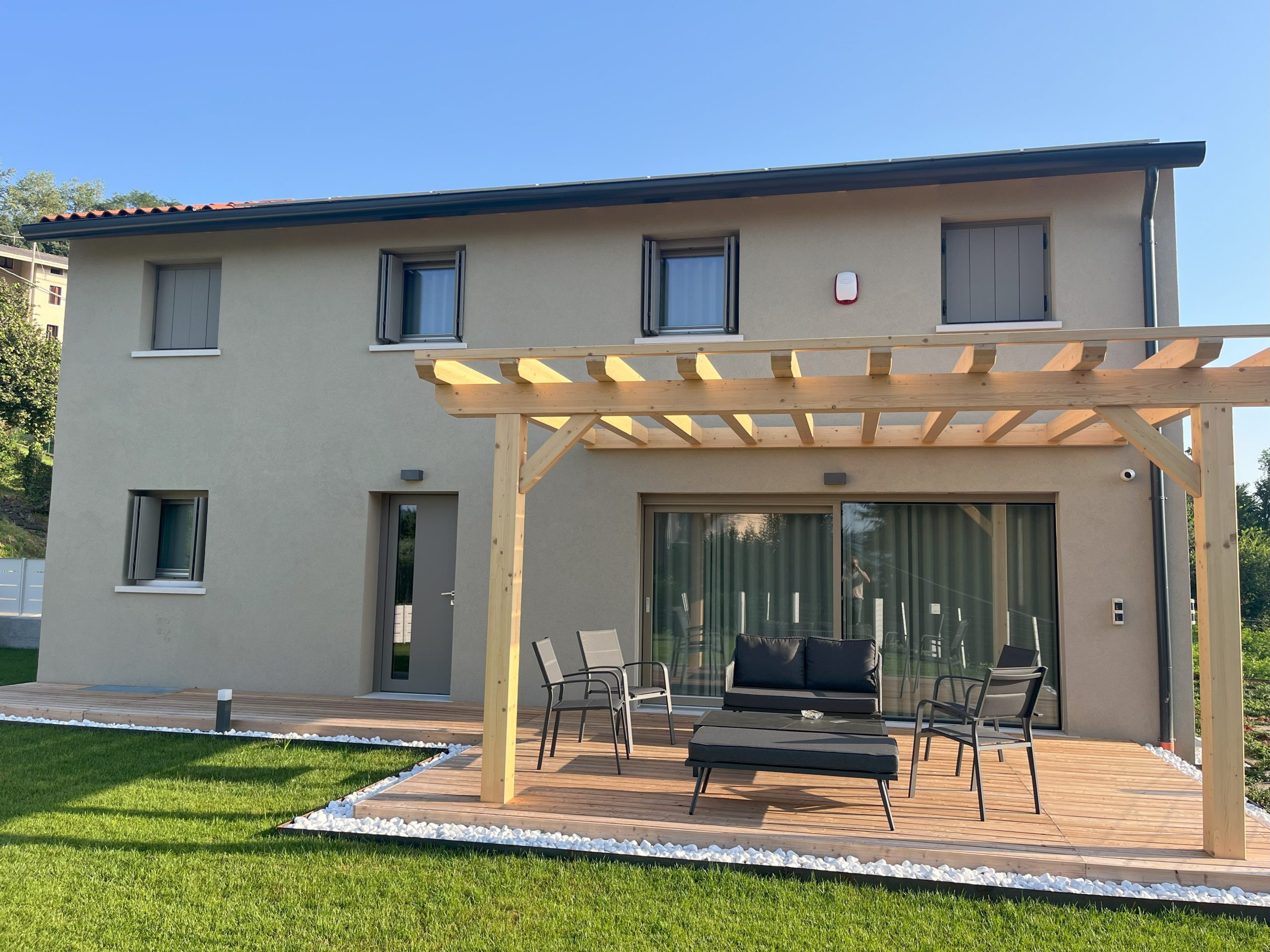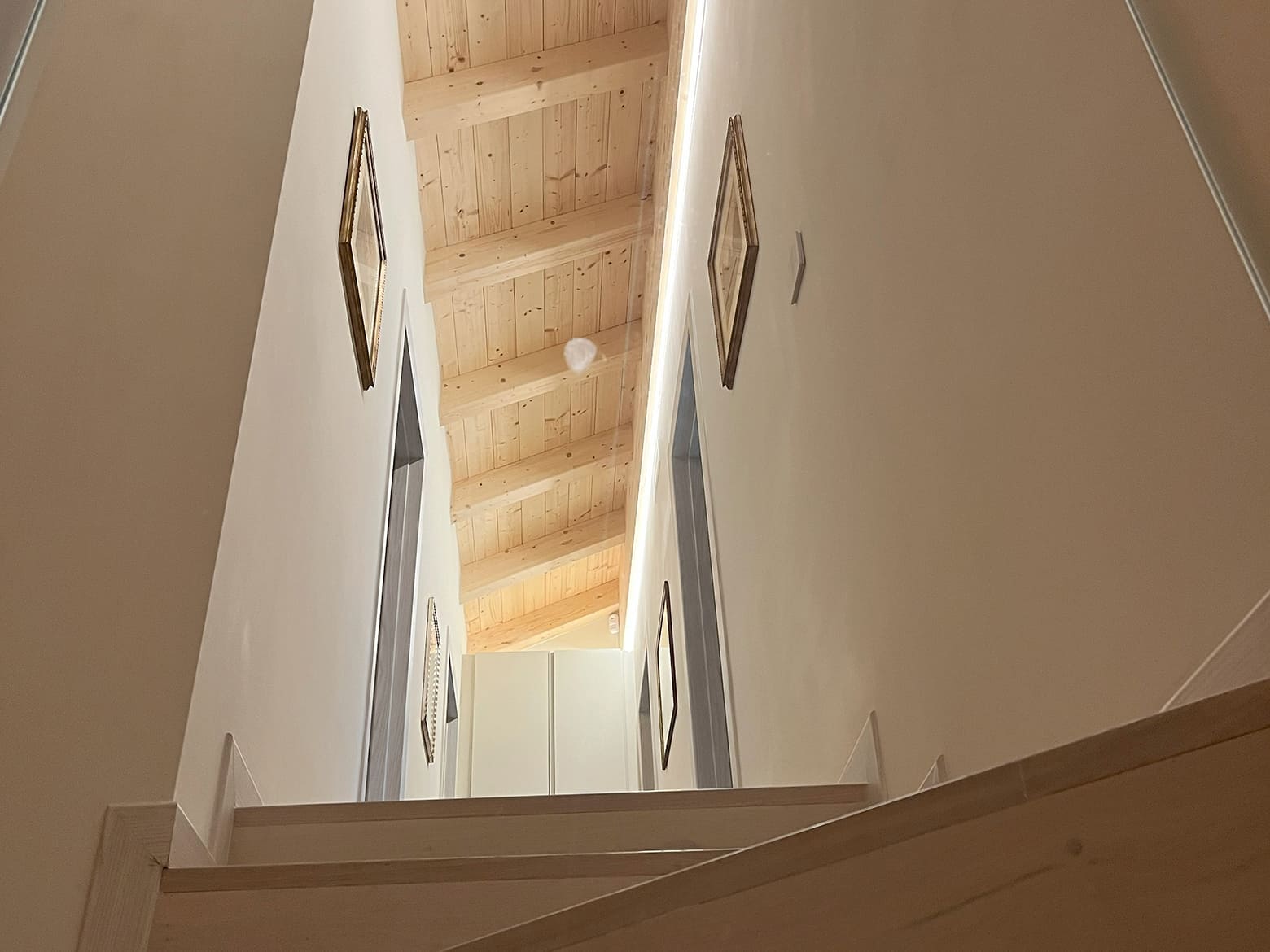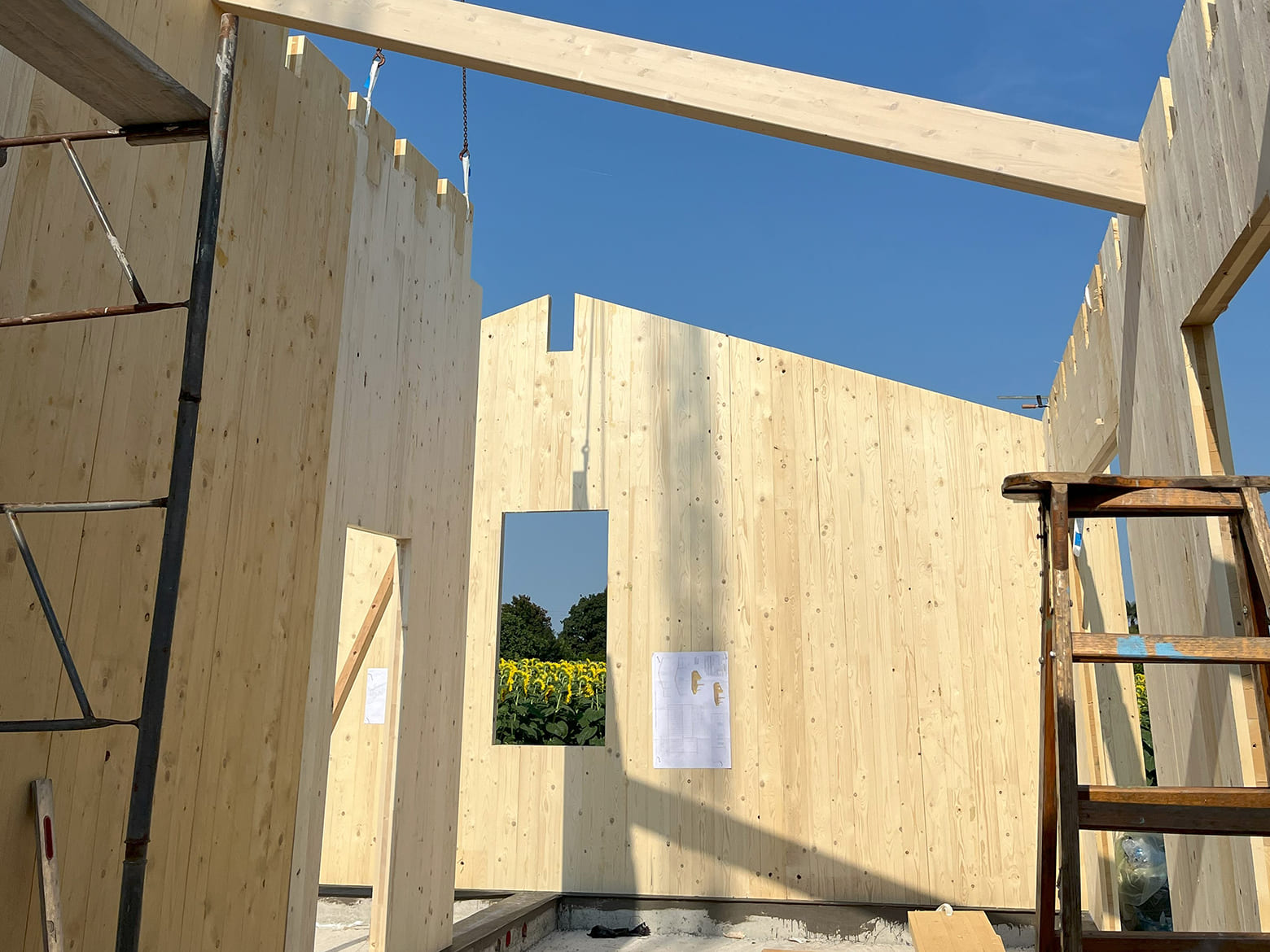Come definire un budget di costruzione
Quanto costa una casa in legno?






Una casa in legno permette un risparmio immediato, in quanto la struttura in legno è più rapida ed economica da installare e costruire, ed anche continuo nel tempo in quanto il proprietario di una casa in legno ben costruita ed isolata riesce ad abbattere o annullare i costi di gestione e di riscaldamento.
Molto spesso quando ci vengono chieste informazioni sulle nostre case la prima domanda che ci viene posta è:
Quanto costa una casa in legno?
Questa è una domanda chiave che anche noi ci poniamo molto spesso, anche se non è semplice rispondere a priori poiché il costo finale è una somma di molti fattori e quindi necessariamente un dato statistico e non deterministico.
Abbiamo analizzato attentamente i fattori che influiscono sul budget di una casa in legno in questo articolo:
Prezzi delle case in legno: come valutare il budget
Da questo articolo si evince che il prezzo di una casa in legno dipende da una miriade di fattori, nessuno dei quali può essere trascurato. Il costo di una casa in legno è infatti la somma di tante voci che incidono sul prezzo totale. Il prezzo totale è quindi un fattore statistico e, data la molteplicità dei fattori, è anche difficile pensare che ponendo, ad esempio, un pavimento di seconda scelta, il prezzo finale del pacchetto possa variare in modo significativo.
Possiamo però dire che i fattori che influiscono sul costo totale sono:
La dimensione dell’edificio influisce largamente sul costo, tuttavia, alcuni costi di costruzione non dipendono dalle dimensioni dell’edificio e sono fissi. Per esempio, le opere legate alla organizzazione del cantiere la gru, il wc per le maestranze ed il capanno attrezzi. Questo purtroppo incide più negativamente sulle case più piccole che a mq risultano più costose benché siano proprio quelle per le quali il budget è spesso più limitato.
L’isolamento è una fonte di spesa molto rilevante nel budget finale. Possiamo dire che costa quasi quasi quanto come la struttura. Tuttavia, è spesso un fattore irrinunciabile, infatti, il nostro obiettivo è di fornire case in legno passive ovvero sicuramente dotate di uno spessore ed una qualità di isolamento termico molto alta.
La nostra preferenza è per serramenti in legno lamellare coerenti con la struttura lignea dell’immobile, sono prodotti di qualità e di alto livello d’isolamento. Ci sono tuttavia prodotti che permettono di economizzare anche se spesso non hanno le stesse prestazioni e sono indubbiamente meno attraenti.
Un solo piano, anche se è vantaggioso per vari motivi, implica più scavi, più fondazioni e più tetto, quindi maggior costo. Tuttavia, permette di ridurre lo spazio perso per la realizzazione della scala che in una piccola casa incide per almeno il 15% del totale della superficie utile.
Il livello di spesa delle finiture può variare enormemente anche se spesso è il fattore che comunica immediatamente la qualità della costruzione anche se è solo un rivestimento superficiale. Tipicamente si prevede per i pavimenti il gres in soggiorno e legno in camera. Tuttavia sempre più spesso ci viene chiesto legno ovunque anche in bagno. Una soluzione che anche noi condividiamo anche se non aiuta a ridurre i costi finali.
Questa è una delle voci di spesa oggi più consistente sulla quale riflettere. Le nostre case non richiedo granché per essere scaldate, anzi l’apporto gratuito di calore dalle finestre è spesso sufficiente per garantire il benessere. Tuttavia, è necessario ventilare gli ambienti per questo è necessario dotarsi di impianti di ventilazione forzata e pensare a come reimmettere il poco calore disperso con al ventilazione. Così l’impiantistica diventa un voce di spesa abbastanza rilevante nel costo generale di un immobile.
L’impianto elettrico di una casa in legno non è radicalmente diverso da quello di una casa in laterizio; tuttavia, il mercato oggi offre moltissime innovazioni difficilmente rinunciabili in una casa contemporanea che però incidono sul costo complessivo.
Per esempio
- la domotica, che permette di tenere sotto controllo i consumi degli impianti e la gestione dell’edificio come l’impianto di illuminazione o apparecchi acustici;
- il fotovoltaico che consente di autoprodurre energia elettrica;
- le batterie di accumulo che consentono di coprire i consumi energetici con energia autoprodotta nel periodo notturno;
- le colonnine di ricarica per consentire di sfruttare al massimo la mobilità elettrica;
- dispositivi di controllo remoto e telecamere che consentono di comprendere anche in nostra assenza chi ci cerca per consegne o per comunicazioni.
Le opere a complemento di una casa in legno in legno posso essere molto significative sul piano finanziario. Normalmente le opere comprendono un semplice livellamento del terreno, la formazione di percorsi pedonali o carrai, la recinzione e la formazione di aree a parcheggio. È tuttavia possibile prevedere muri di contenimento o terre armate se il terreno lo richiede. Anche il giardinaggio può essere un’attività di base puntando a piante perenni che richiedono poca manutenzione ma spesso viene richiesta la irrigazione automatica, ed il taglio dell’erba con robottini.
Ci sono ovviamente altri aspetti e cautele che richiedono attenzione nella formazione di un budget come, per esempio, gli allacci ai pubblici servizi e tanti altri aspetti. Siamo comunque a disposizione per valutare alternative, analizzare attentamente le fonti di spesa e fornire un preventivo gratuito sulla base di una riflessione condivisa ed aiutare a comprendere come fissare un budget.
